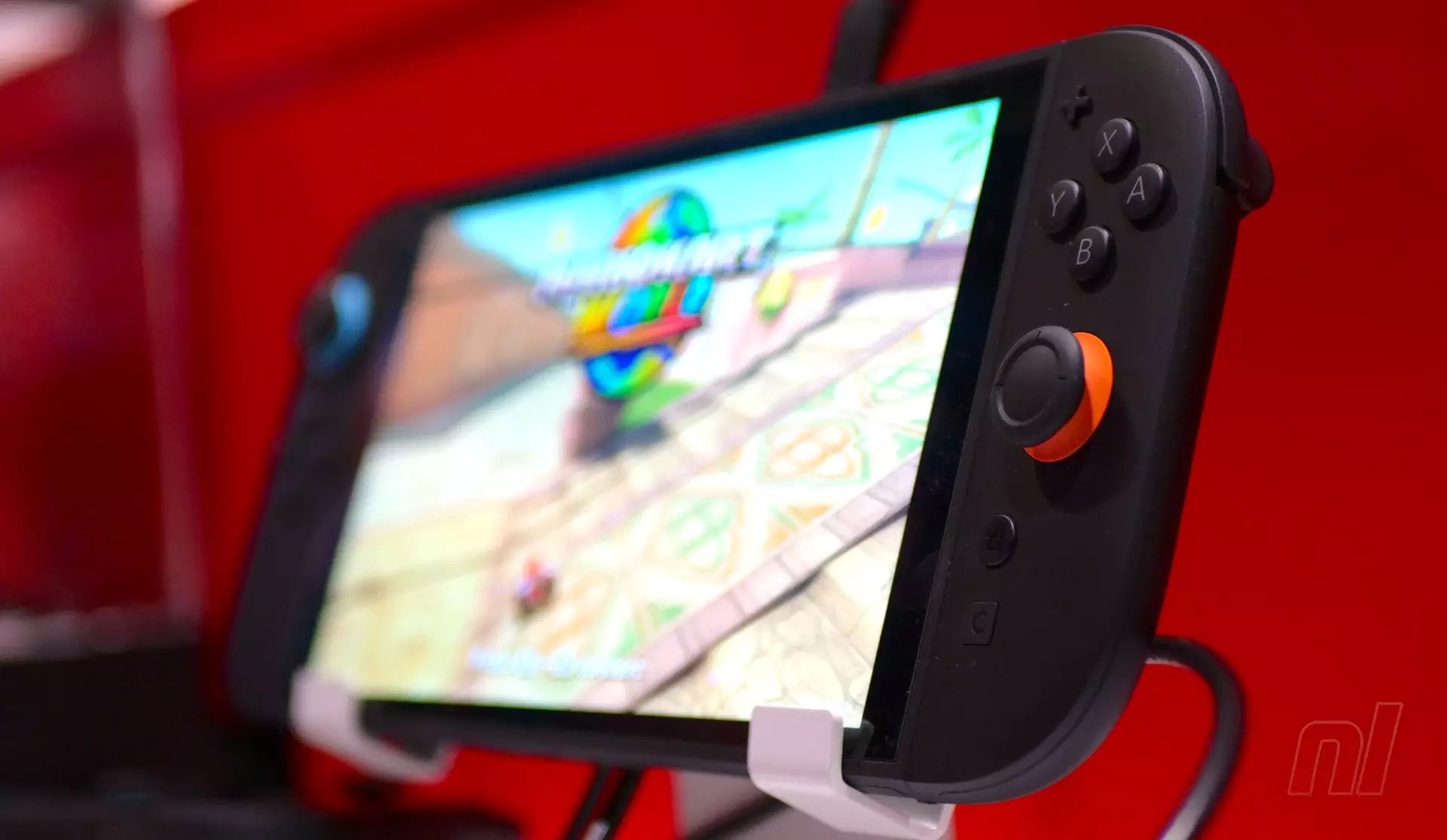The release of the Switch 2 signals a profound shift in Nintendo’s approach to portable gaming, challenging long-held perceptions about what a “hybrid” console can achieve. While initial impressions categorize it as a device with modest specs, recent insights from developers suggest that the hardware’s true potential is far more nuanced. It isn’t merely about raw power; instead, it involves a strategic blend of hardware capabilities and innovative technologies. This perspective invites a reevaluation of the console’s role within the broader gaming ecosystem, especially considering how it stacks up against contemporary consoles like the Xbox Series S and PlayStation 4.
One compelling point is the hardware’s complex performance profile. Developers note that the GPU of the Switch 2 performs “slightly below” the Series S, yet it benefits from technological enhancements like DLSS, which can amplify visual fidelity and performance. Conversely, its CPU position aligns closer to the PlayStation 4, with minor improvements, making it less suitable for CPU-bound tasks but still capable of handling many modern games with proper optimization. This “middle ground” position pushes the notion that the Switch 2 isn’t simply a weaker counterpart but a device optimized for specific gaming experiences that leverage its unique features.
Technological Superiority and Developer Insights
Calling the Switch 2 a mere successor overlooked the revolutionary aspects embedded within its architecture. Nvidia’s characterization of the system as a “technical marvel” underscores that its design integrates cutting-edge technologies that aren’t evident through raw benchmarks alone. For instance, the inclusion of DLSS allows for dynamic resolution scaling, which can significantly enhance game performance and visual clarity—particularly in handheld mode where hardware limitations are more apparent.
Developers like those at Koei Tecmo and Firaxis have shared their experiences indicating that porting games from the Series S or PS4 is quite feasible. Many titles that are GPU-bound at targeted 60 FPS can transition smoothly, while CPU-intensive titles may require additional optimization. This suggests that the Switch 2 could serve as a versatile platform capable of running current-generation games with comparable levels of performance, provided developers adapt their code to exploit its strengths fully.
The emphasis on how well existing games can be adapted further shatters the myth that the Switch 2 is an underwhelming device. Instead, it can be positioned as a bridge—an adaptable platform that combines portability with technological prowess. The fact that the hardware can support features like DLSS and is built upon Nvidia’s latest chip architecture demonstrates a deliberate move towards closing the gap with more powerful gaming consoles, even if not directly competing on raw benchmark numbers.
Implications for Gaming and Development
For developers and gamers alike, this evolving narrative suggests that the Switch 2 isn’t just about matching the power of the Xbox Series S but reimagining what a portable device can achieve. It emphasizes versatility, technology integration, and strategic optimization. This approach aligns well with Nintendo’s legacy of innovative gameplay experiences that leverage hardware strengths, rather than solely competing on raw power.
Moreover, the conversations hint that the real value of the Switch 2 lies in its ability to blend gaming experiences—delivering high-quality visuals, efficient portability, and compatibility with existing game libraries. This convergence could redefine the expectations for future handheld gaming devices, pushing the industry to prioritize technological ingenuity alongside raw specifications.
Ultimately, the Switch 2’s true power isn’t just in its hardware numbers but in its capacity to demonstrate that innovative use of technology can elevate gaming experiences beyond traditional benchmarks. If developers continue to harness its capabilities effectively, the device could become a game-changer—not just as a hybrid console but as a symbol of the next phase in portable gaming evolution.


Leave a Reply